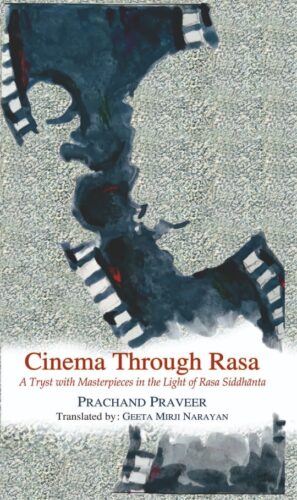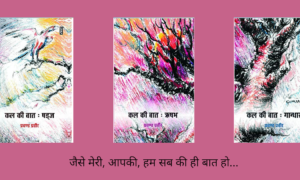
Aesthetics of Hindi Cinema
Long Forgotten Directors and Their Outstanding Works
La Règle du jeu or The Rules of the Game (1939), a French film made by director Jean Renoir (1894–1979) was severely criticized by audiences and critics alike on the very first day it was screened. In fact, one person threatened to burn down the theatre by lighting the newspaper in hand if such a “boring” film was not stopped. About twenty years later the same film was accepted and praised at the Venice Film Festival. Today, it is counted amongst the best films of the world. Peeping Tom (1960), a film made by British film-maker Michael Powell (1905-90), was badly received and almost ended the career of its director, but when it was presented to the audience after a few decades it was serenaded. We have seen many instances of films being termed as trash, boring or useless at first, but making
a comeback after a few years. It was difficult for Indian audiences to accept thought-provoking films like Jogan, Daera or Heer–Ranjha, but it is necessary to count them along with outstanding films like Do BighaZameen, Pyaasa, Navrang, Madhumati, Mughal-E-Azam, Sahib BiwiAurGhulam, Guide and Pakeezah.

Often the movies made by new-age directors, who have made films like Lunch-Box, TaareZameen Par, Peepli Live and Ship of Theseus, are considered as the golden age of Indian cinema. Whether these are excellent or mediocre should be left to the audience to decide. Contemporary film-makers give weightage to good screenplay. Their values lie in new advances in technology or camera angle, speed and thrill. These film-makers do not find it necessary to discuss the old values or new incongruencies as expected through artist’s work. I do agree that all old values may
not be so useful or worthy, but it can be said that the contemporary directors run away from their moral responsibility of bringing to the audience any useful introspection or integral thought, for them, film-making is mere business, unlike only the 80 per cent as conceived by V. Shantaram.
Carried with due permission from the author and publisher DK Print world (CTR).
[the_ad id=’22722′]














